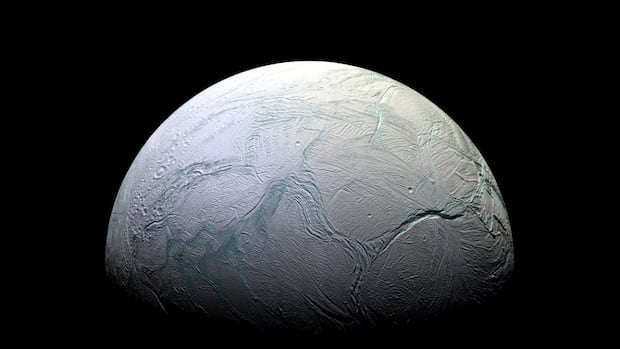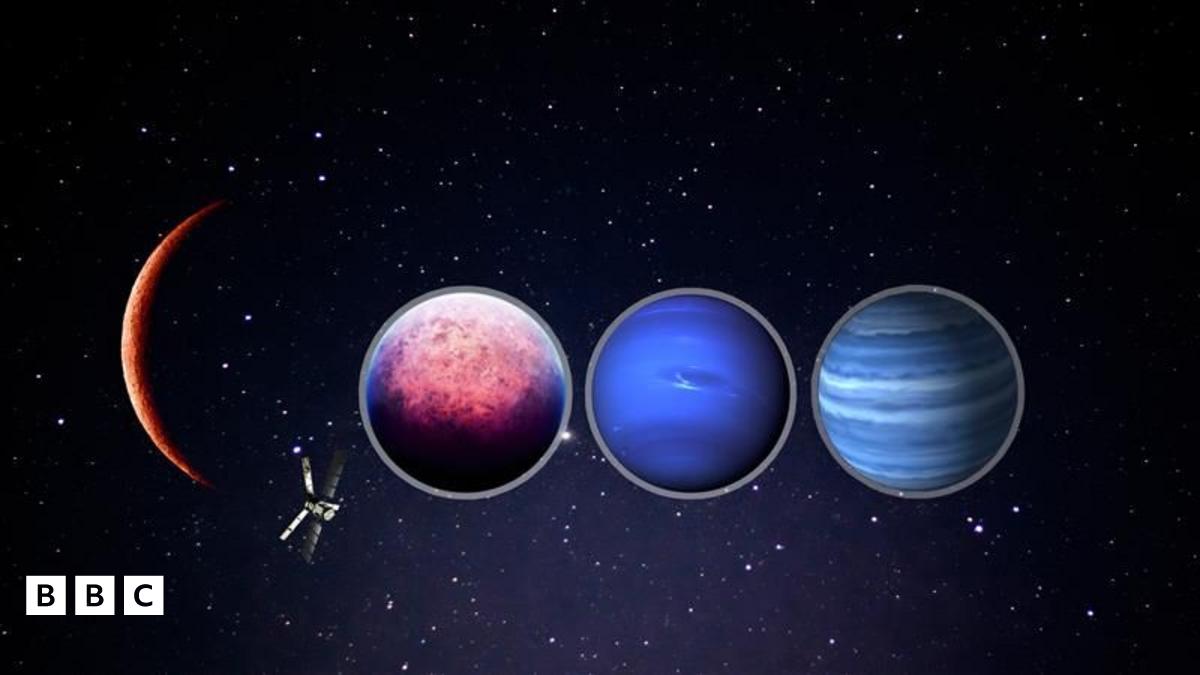October's Harvest Supermoon: A Celestial Spectacle in 2025
Get ready for a breathtaking celestial event! On October 6, 2025, the night sky will be illuminated by a magnificent Harvest Supermoon. This rare occurrence combines the beauty of the Harvest Moon with the grandeur of a supermoon, promising an unforgettable stargazing experience. This will be the first of three consecutive supermoons.
What is a Supermoon?
A supermoon happens when a full moon coincides with the moon's closest approach to Earth in its orbit. Because the moon's orbit is elliptical, its distance from Earth varies. When a full moon occurs near its closest point (perigee), it appears significantly larger and brighter than usual. NASA states that supermoons can appear about 7% bigger and 15% brighter than a typical full moon.
The Significance of the Harvest Moon
The Harvest Moon is the full moon that occurs closest to the autumnal equinox. In 2025, this falls in October. Traditionally, the Harvest Moon has aided farmers in harvesting their crops late into the night. Before the advent of artificial lighting, the extra moonlight provided crucial illumination for extending the harvest season, preventing crops from rotting. This is why the term “Harvest Moon” has become a symbol of reaping, plenty, celebration and gratitude.
When and Where to Observe
The October 2025 Harvest Supermoon will reach peak illumination at 11:47 p.m. Eastern Time (ET) on Monday, October 6th. However, the moon will appear full for roughly three days, from October 5th through October 7th. To witness this event, find a location with a clear, unobstructed view of the eastern horizon around sunset. The moon will appear particularly striking as it rises, exhibiting a golden-orange hue due to the scattering of blue light by Earth's atmosphere.
Viewing Tips and Potential Meteor Showers
For the best viewing experience, choose an elevated spot away from city lights. While naked eyes are sufficient, a pair of stargazing binoculars can enhance the view, revealing lunar craters and dark lava plains. Astrophotographers can use DSLR cameras to capture stunning images of the event. The Draconid meteor shower peaks around October 8, but the brightness of the supermoon might make it harder to spot those meteors. A better option may be the Orionid meteor shower, which peaks around October 21st with a new moon providing darker skies.
Other Names and Cultural Significance
While known primarily as the Harvest Moon, this full moon also carries other names reflecting seasonal activities and cultural traditions. These include the Hunter's Moon, the Drying Rice Moon, and the Falling Leaves Moon. Across various cultures, the Harvest Moon is often celebrated with feasts, fire ceremonies, and expressions of gratitude.
Looking Ahead: Subsequent Supermoons and Lunar Events
Following the October Harvest Supermoon, skywatchers can anticipate two more consecutive supermoons in 2025. The next full moon, the Beaver Moon, will rise on November 5th, followed by the Cold Moon on December 4th. Mark your calendars for these celestial events! The next total lunar eclipse visible from the Americas will be on March 3, 2026.
| Event | Date | Description |
|---|---|---|
| Harvest Supermoon | October 6, 2025 | First and largest supermoon of 2025, peaking at 11:47 p.m. ET. |
| Beaver Moon (Supermoon) | November 5, 2025 | Second supermoon of 2025. |
| Cold Moon (Supermoon) | December 4, 2025 | Third supermoon of 2025. |
 Visit the website
Visit the website







